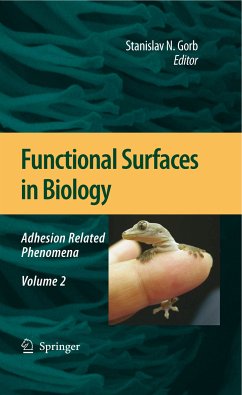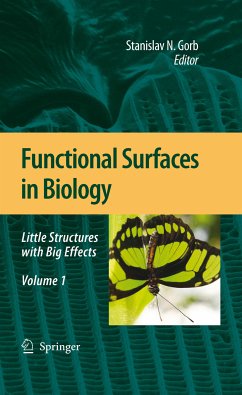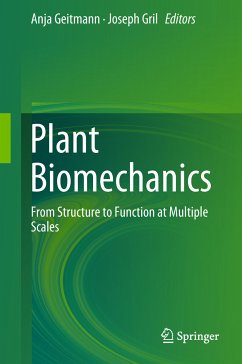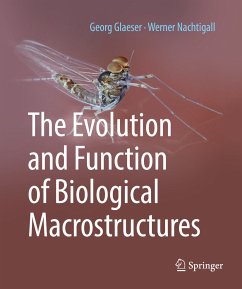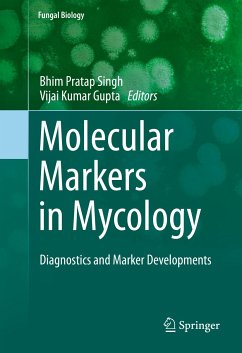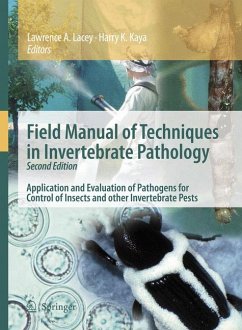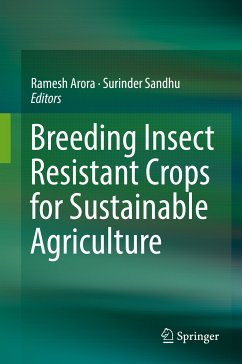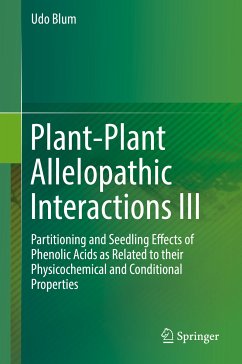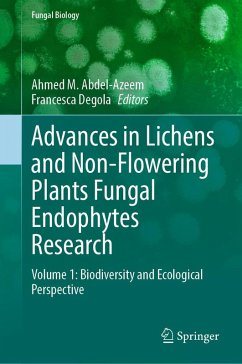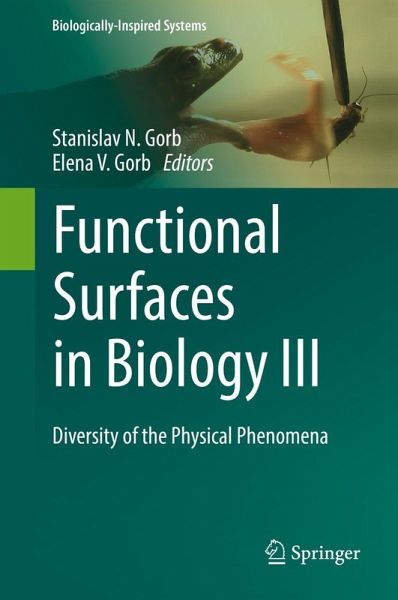
Functional Surfaces in Biology III (eBook, PDF)
Diversity of the Physical Phenomena
Redaktion: Gorb, Stanislav N.; Gorb, Elena V.
Versandkostenfrei!
Sofort per Download lieferbar
96,95 €
inkl. MwSt.
Weitere Ausgaben:

PAYBACK Punkte
48 °P sammeln!
Broadens your understanding in structure-function relationship of biological surfaces
Shares many tips and insights into biomimetics of surfaces
Summarizes the latest studies on functional biological surfaces
Dieser Download kann aus rechtlichen Gründen nur mit Rechnungsadresse in A, B, BG, CY, CZ, D, DK, EW, E, FIN, F, GR, HR, H, IRL, I, LT, L, LR, M, NL, PL, P, R, S, SLO, SK ausgeliefert werden.



